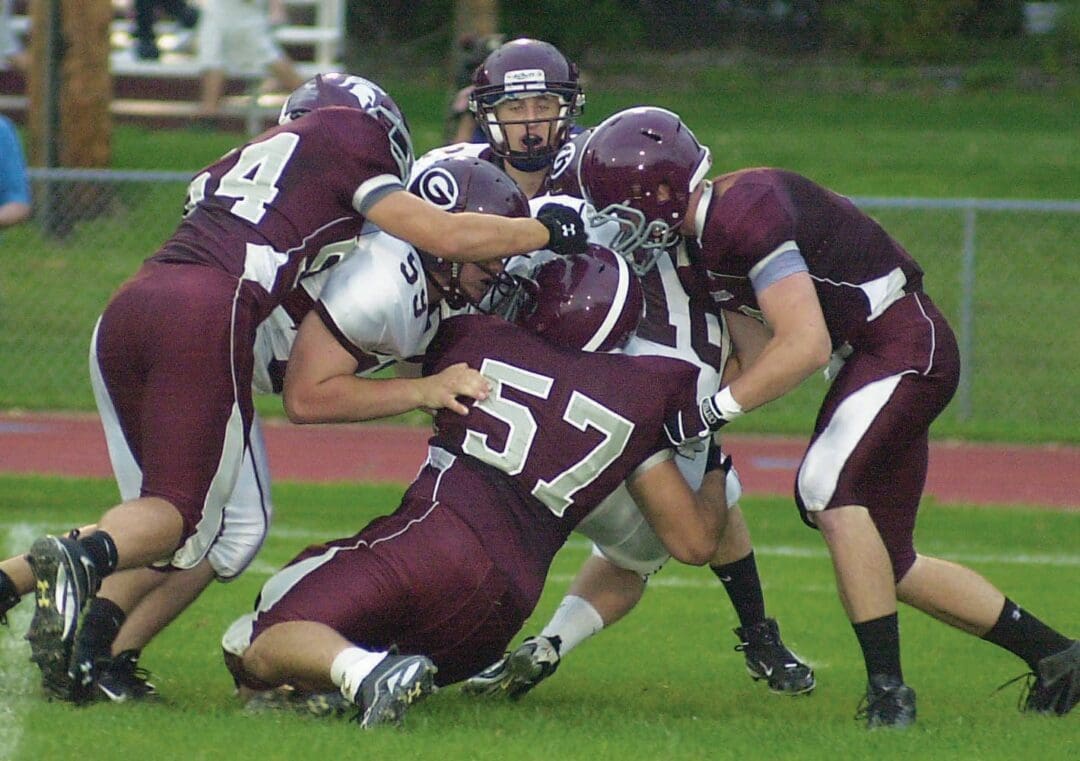New regulations designed to protect student athletes from concussions are on the book this school year, but most area schools are ahead of the game. “We heard it coming and have been a little ahead of the curve on it,” said David Sunkes, athletic director for the Ballston Spa School District. For two years, the district has been utilizing ImPACT, or Immediate Post-Concussion Assessment and Cognitive Testing, to gather baseline information on their athletes. A majority of local schools have done the same. At the start of their high school careers, all eligible student athletes in Shenendehowa, Ballston Spa and Burnt Hills-Ballston Lake are given the ImPACT test. It’s administered on a computer and takes about 40 minutes to complete. “It gives you a baseline of those two variables and measures a lot of what you use in athletics like reaction time – how fast can you react to a ball being thrown at you or something along those lines, and memory when it comes to different kinds of play,” said Rick Kniezek, athletic trainer for the Shenendehowa School District. Shen is in its third year of using ImPACT. The test presents six modules including shapes and designs, X and O lighted sequences, word recognition, letter recognition and color patterns. The test is not intended to measure a student’s level of intelligence. “We looked at other tests, and the ImPACT is really a nice one. It’s great because it gives a percentage response for each (module),” said Bob McGuire, athletic director for BHBL. The tests come in handy if an athlete is observed taking a head injury. Under the Concussion Management and Awareness Act of 2011, the player must be pulled from the game and put under observation. “On the sidelines, all coaches have a checklist. If an athletic trainer is present, he or she takes precedence in evaluating an athlete,” said Sunkes. Simple questions are posed to the student, like what their name is, what year is it and who is president. Among the red flags on the sidelines after an injury are dilated or uneven pupils, nausea and dizziness. When those are observed, coaches need to call paramedics. To determine when a student can return to play, coaches, athletic trainers, parents and physicians all play a part on the student’s behalf. Under the new guidelines, students must be released by their own physician as well as the school’s physician after a head injury. And, they must bes ymptom-free for at least 24 hours. The ImPACT tests can help make the determination on whether an athlete should return to the playing field. Kniezek said an athlete may be free of physical symptoms but still be struggling with something neurocognitively. “It’s really a short-term, instant gratification kind of thing. It gives us a baseline level of how their brain functions, so that if they do become concussed one of the first things that goes is obviously a lot of the neurocognitive capability,” he said. McGuire said in BHBL, a post-injury ImPACT test is done before a player is given the OK to return. “If the test is OK within certain parameters, we go to a three-step process over three (or more) days. First there’s a light workout, then a moderate workout on the second day with a full workout on the third day,” said McGuire. McGuire also said if a student scores a substantially lower test on the post-injury ImPACT exam, he or she will be sent back to the doctor. McGuire has been with the district for 17 years and said that years ago an athlete who was hit in the head may have been returned to play on the same day. Now, regulations make for a more cautious atmosphere. “A lot has changed over the years…the kids are bigger, faster and stronger,” added McGuire. BHBL will be holding a workshop to inform parents about the new guidelines on Tuesday, Aug. 28, at the high school at 5:15 p.m. Ballston Spa will be holding a Meet the Coaches Night on Thursday, Aug. 23, at 6:30 p.m. in the high school auditorium where parents can learn more about the guidelines.
New tests lessen ImPACT of concussions
Leave Comment



